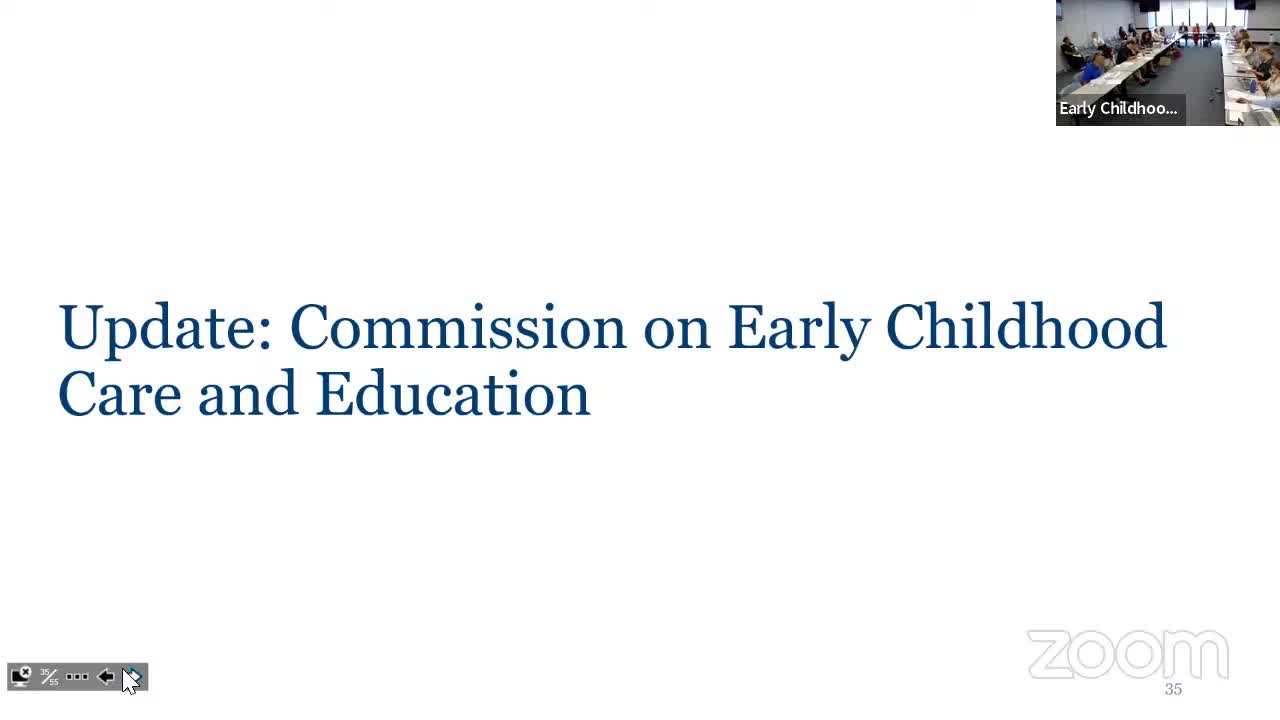Educator advocates for improved air quality in public school buildings
September 13, 2024 | Department of Education, Executive Agencies, Executive, Virginia
This article was created by AI summarizing key points discussed. AI makes mistakes, so for full details and context, please refer to the video of the full meeting. Please report any errors so we can fix them. Report an error »

Concerns over air quality in Virginia schools took center stage during the recent ECAC meeting, as educators highlighted the urgent need for improvements in school infrastructure. A classroom teacher voiced alarm over the increasing number of students with allergies and the potential health risks posed by aging school buildings.
The teacher emphasized that many facilities still contain hazardous materials like asbestos and mold, which can lead to serious health issues, including respiratory infections. "I can tell you from working in a building that had a lot of mold, every year I had an upper respiratory infection," they stated, underscoring the direct impact of poor air quality on both students and staff.
With the ongoing challenges of a post-COVID world, the educator called for a comprehensive approach to health and safety in schools. They stressed that while high-quality educational programs are essential, the physical environment where learning occurs must also be safe and conducive to health. "What I don't want to see is our children going into high-quality programs, but they may not be going into high-quality buildings," they warned.
The discussion raised critical questions about the next steps for addressing these health and safety concerns, particularly in light of the vulnerabilities faced by students in public schools. As the meeting concluded, the need for a focused strategy on improving air quality and overall building conditions became clear, marking a pivotal moment for the Virginia Department of Education in prioritizing student health alongside educational excellence.
The teacher emphasized that many facilities still contain hazardous materials like asbestos and mold, which can lead to serious health issues, including respiratory infections. "I can tell you from working in a building that had a lot of mold, every year I had an upper respiratory infection," they stated, underscoring the direct impact of poor air quality on both students and staff.
With the ongoing challenges of a post-COVID world, the educator called for a comprehensive approach to health and safety in schools. They stressed that while high-quality educational programs are essential, the physical environment where learning occurs must also be safe and conducive to health. "What I don't want to see is our children going into high-quality programs, but they may not be going into high-quality buildings," they warned.
The discussion raised critical questions about the next steps for addressing these health and safety concerns, particularly in light of the vulnerabilities faced by students in public schools. As the meeting concluded, the need for a focused strategy on improving air quality and overall building conditions became clear, marking a pivotal moment for the Virginia Department of Education in prioritizing student health alongside educational excellence.
View full meeting
This article is based on a recent meeting—watch the full video and explore the complete transcript for deeper insights into the discussion.
View full meeting
